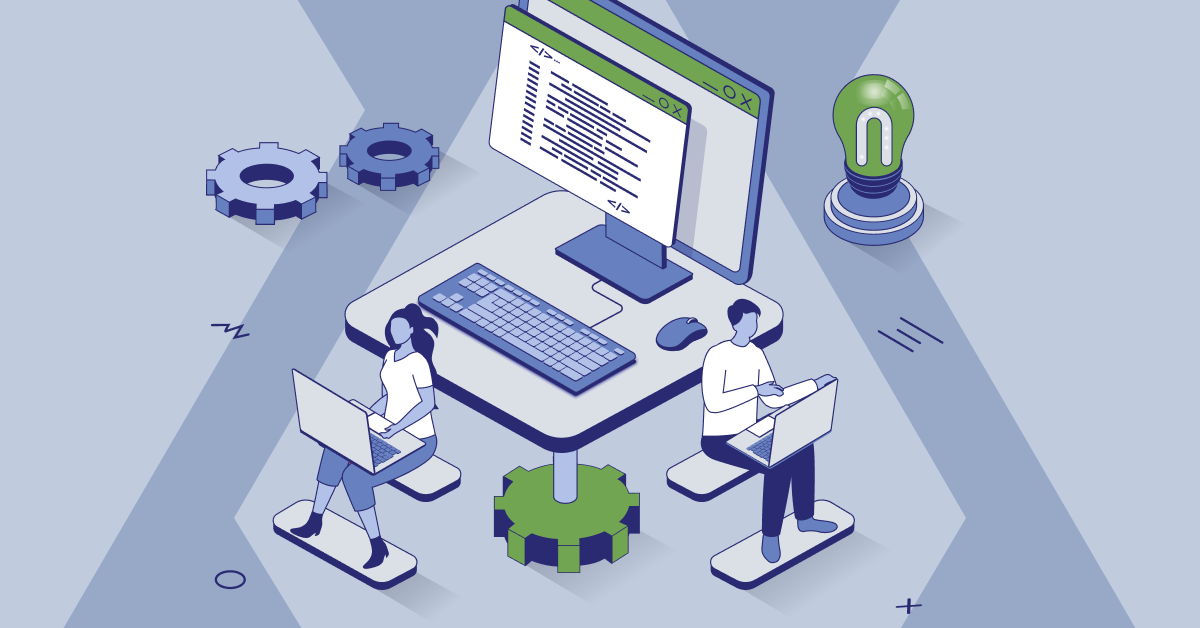The customer is at the core of the insurance industry. Your customer determines the type of insurance you’re selling, how much coverage they need based on their risk profile, and the method by which the enrollment process takes place. Right now, the world is experiencing one of the fastest digital transformations to date, impacting the customer profile and how insurers can reach, engage and retain them.
Take millennials, for example. As of 2019, that generation has become America’s largest living adult age group, surpassing Baby Boomers, according to Pew Research Center, and by 2025 they are expected to represent 75% of the global workforce. Known for being technologically savvy and digitally connected, millennials are more likely to research online before picking up a phone or walking into a store or sales office.
However, according to research by Liberty Mutual, millennials want help understanding insurance, and while they are digitally engaged, they still value human interaction.
Considered less loyal than previous generations, millennials follow the bottom line. A bad claims experience means you risk losing their business, while positive experiences and offering multiple policies makes it easier to retain their business.
Selling to and retaining the modern P&C insurance customer
Today’s market may look different from 10 years ago, but it’s not something to be feared. The outlook is good for insurers who can adapt to new methods of customer engagement.
Here are four things to remember about the modern P&C insurance customer:
- Communication is critical. Millennials and Gen Z don’t want to spend time speaking to someone on the phone to complete a transaction or file a claim. They want the ease and efficiency of interconnected digital channels, which provides fluid information and integrated data. Insurers who are still relying solely on call centers or people to communicate with their customers are missing out. They must also implement a digital ecosystem to effectively gain, support and retain millennial customers.
- Go digital. Millennials do their research online, but did you know that half of them buy insurance through an exclusive or independent agent? Now’s the time for insurers to create an effective omnichannel system that incorporates features such as automatic quote builders and digital enrollment, which gives customers immediate access to information. When 69% of insurance professionals rate the customer experience in application and on-boarding as “average” or “poor,” those willing to invest in the right technology have the chance to stand out. Installing pieces that integrate with your modern legacy system, for example, can provide more effective customer care or billing capabilities.
- Provide up-to-the-minute access. The key to this is effective data management. The greatest barriers to effective data management are disparate systems, lack of connectivity, and lack of security. During the sales process, you can win customers by demonstrating your ability to provide up-to-date, real-time accurate claims information and clear and open communication. So many of us have gotten used to tracking our food orders as they are prepared and driven to our doors, so expectations are high. No one wants to blindly wait for a claim to go through; they want timely updates on where they are in the process. If you can’t provide that, they will find someone who can. It’s hard enough to get new customers, so you can’t afford to lose them.
- Be ahead of the curve. The predominance of third-party administrators (TPAs) and managing general agents (MGAs) supporting core aspects of insurance business like underwriting, risk management, and the handling of claims makes it imperative for insurers to include them in their digital ecosystem and collaboratively manage customer data.
EIS’ omnichannel customer experience
Digitalization, when done properly, can transform how you reach and engage customers. But don’t let the journey to an effective digital infrastructure and strategy overwhelm you.
Many large companies have started tackling this process by transforming their claims architecture on the back end, building policy functionalities and operational efficiencies that impact their employees. But leaving the client-facing systems as the last frontier can jeopardize customer relationships and the ability to bring in new business.
EIS’ omnichannel platform allows you to connect all of your resources – from digital systems to people to data – for a seamless, front-end customer experience.
Want to learn more about how EIS can help transform your customer experience? Talk to us.




